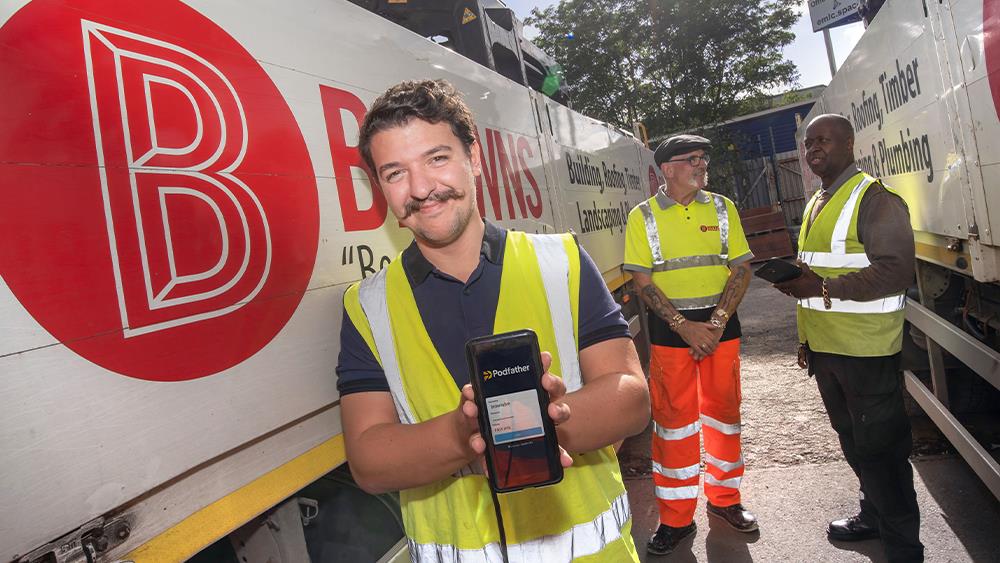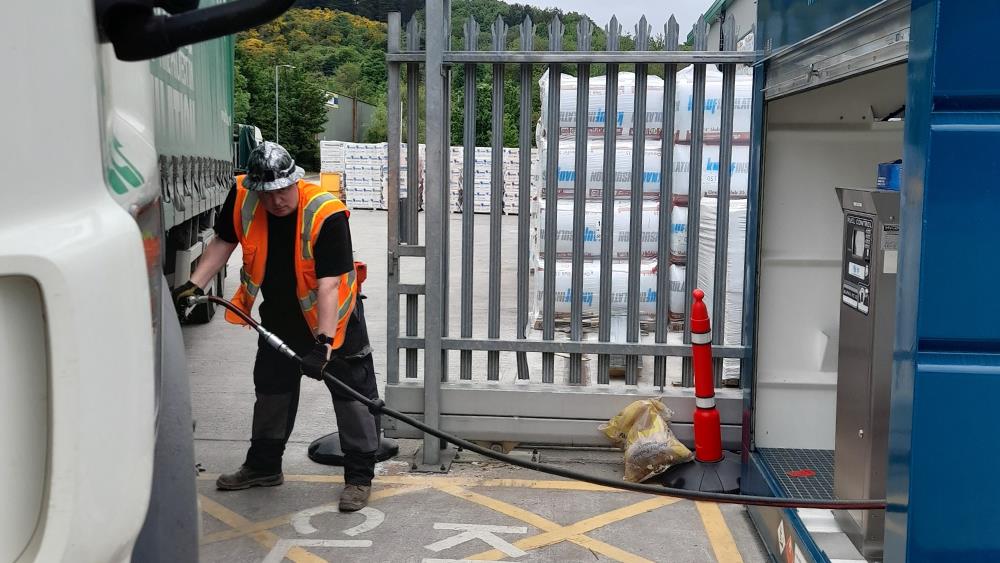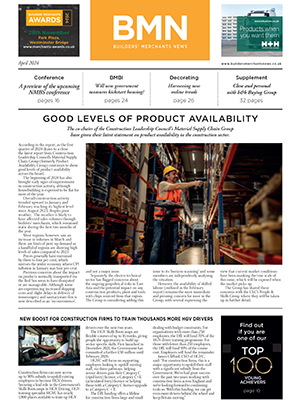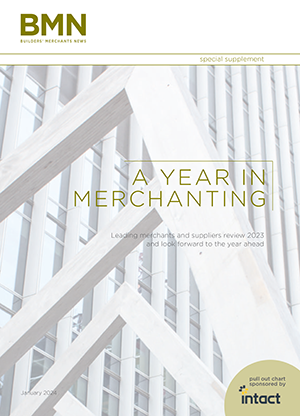The Occupational Road Safety Alliance claims that business drivers are 25-30% more likely to have a collision than private drivers. This significant increase in risk means that if you’re an employer or business owner with a fleet, you need to be aware of where responsibilities fall in relation to business driver incidents on the road in order to protect your job, your business and your employees.
Accidents happen, and should the unimaginable occur and someone dies as a result of an incident involving one of your vehicles and drivers, how do you protect yourself from a corporate manslaughter conviction? The Corporate Manslaughter and Corporate Homicide Act of 2007 means organisations face criminal charges when a safety failure or breach of duty of care is the cause of a work-related death, which includes incidents occurring on the road. Now, consider that driving, as part of the job, is one of the most dangerous work-related activities performed by employees in the UK, and the risk to fleet operators is phenomenal.
The law means that the driver is protected to an extent, if a failure in health and safety management on the part of the company is found to be at blame. Examples of this include when an employer hasn’t taken proper care to ensure their drivers aren’t on the road for excessive hours, or have no underlying health problems that could dangerously impact on their driving. What actions can you take as a business to ensure that your company and employees are protected from such risks?
Driver assessments and training
Just because an employee can show you proof of driving, it doesn’t necessarily mean they’re the most alert and confident driver on the road. Carrying out online or offline driver assessments and training can give you the security that your drivers are confident, competent and considerate behind the wheel in any situation, which will reduce the risk of driver collisions. Are your drivers experienced and comfortable with switching vehicles and handling vehicles with different payloads? Variations in vehicle handling, braking distances and different blind spots can all impact driver control. You have a duty of care to your drivers to make sure they are comfortable in all situations they may find themselves in before putting them on the road in your vehicles.
Driver training to improve the safety and efficiency of your employees’ driving techniques can benefit companies in more ways than just reducing the risk of accidents. Smarter driving techniques can also reduce your maintenance and repair costs, plus reduce fuel spend by up to 20% according to the consumer energy centre.
Reinforce the message
Keep up-to-date with any changes to the law or new legislations affecting business drivers and be sure to regularly update your employees with what it means for them and any tips or new codes of practice you can offer them as a result. Issuing driver handbooks can offer them a quick reference guide and dispel any uncertainties your team may have around how often they should take breaks, legalities on alcohol and substance use, speed limits and payload limitations on vehicles.
Driver licence checks
Recently, the process of checking driving licences has become slightly trickier with the abolition of the paper counterpart. As an employer, you still need to know that your staff are legally able to drive your company vehicles and that you are aware of any driving offences they have outstanding. Thankfully, you can check your employees’ details via the DVLA’s Share Driving Licence service – which is free to access online. The service will allow the licence holder to download a summary of the driving licence record, which can then be printed and shared . You can also access driver licence checks through third party suppliers, which can be easier if you have a high volume to check.
Don't run your fleet into the ground
Business owners I speak to often believe that buying vehicles is better than hiring vehicles. However, with owning a fleet comes the responsibility and pressure to regularly ensure your vehicles are fit for purpose. With an aging fleet, the risk of poor vehicle condition is increased. Corporate manslaughter charges are not unheard of when poor vehicle condition due to lack of duty of care and action on the part of the employer is found to be the cause of a fatal incident. With a hired vehicle, compliance checks and maintenance intervals are managed for you as the responsibility for running safe vehicles is shared with the rental company. If you do have an owned fleet, you can minimise the risk of operating poorly maintained vehicles by well-documenting evidence such as MOTs and a full service history.
Regular maintenance checks
No matter how old your vehicles are, it's essential to make sure a few simple checks are carried out regularly to keep them running safely. Regularly checking tyres, brakes and even ensuring the windscreen washer fluid is topped up can be the difference between a major and minor incident. Your vehicle may have recently passed its MOT, but additional wear and tear in just a matter of months can impact greatly on vehicle safety.
Ultimately, you can never completely control what your drivers are up to while they are on the road or the situations they will face. But you can influence driver behaviour through appropriate assessments and training interventions and take steps to ensure yourself, your business and your drivers are protected from convictions if the worst should happen.
If you are proven to have been operating a safe and compliant fleet to the best of your knowledge if an accident does occur, it can eliminate any possibility of your company being prosecuted. When implementing a few additional safety procedures can mean the difference between receiving a criminal conviction or not, can you afford to take the risk?
David Buckles is new business manager at Northgate Vehicle Hire.









